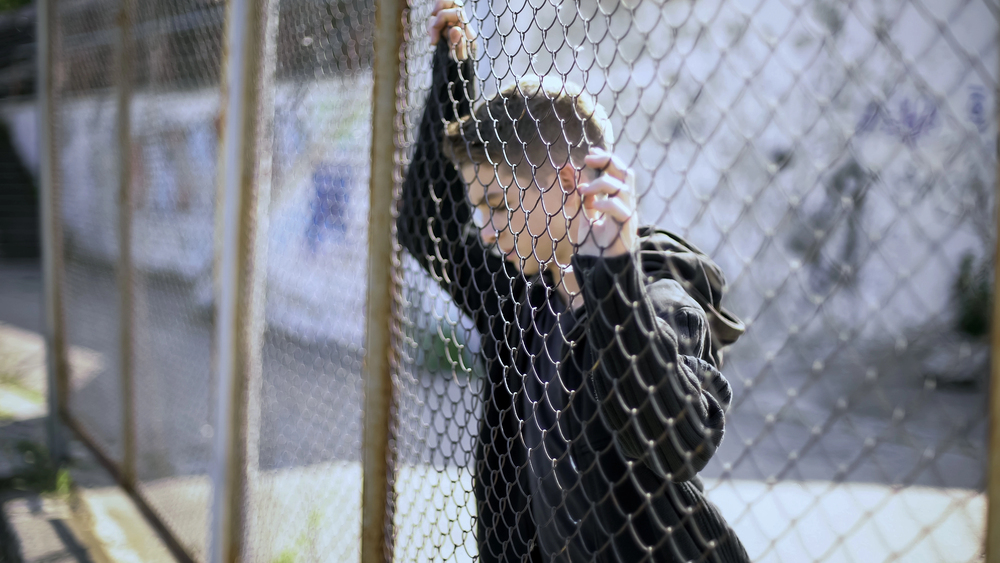
‘Show me your papers.’ For the first time, millions of Americans are being required to present something new just to gain entry to the nation’s most important programs. These are the terms of a group of 21 Democratic state attorneys general who have resisted the Trump administration’s onerous new citizenship verification regulation, a policy already sending shockwaves through Head Start, Medicaid, and the very bottom rungs of America’s social safety net.

1. The Policy Change: Who Gets Left Behind, and What Is Lost
The new national policy, introduced on July 10, redesigns eligibility for programs like Head Start, Medicaid, and enormous housing and health care. By categorizing them as “federal public benefits,” the administration now demands evidence of citizenship or legal status a change that stands to exclude hundreds of thousands of children and families from essential aid. Some 115,000 Head Start children and families 16% of the program’s 2024 enrollment potentially will be affected by HHS analysis, the Department of Health and Human Services estimated. The chilling effect already has been felt, especially in mixed-status homes where part of the family is a citizen and part is not.

2. Legal Pushback: The AGs’ Case Against the Rule
The suit, paid for by New York State Attorney General Letitia James, not only argues that the policy is historic but illegal as well. “These programs succeed because they are open, accessible, and rooted in compassion,” James wrote. “These are baseless attacks on some of the country’s finest and most open public programs, and we will not tolerate it.” The lawsuit claims that the rule change is both a federal statutes and Constitution violation and that it is a burden to the extent that requiring small service providers to screen for citizenship would force them out of business and close down the lawsuit. Most Head Starts, already operating on shoe-string budgets, respond that they simply can’t afford to implement the checks.

3. Ripple Effects: Families, Providers, and Communities
For parents, especially those with mixed immigration status, the new policy is a barrier more than an administrative one it’s a source of deep anxiety and uncertainty. As one Head Start director explained, “It’s actually inhumane what they’re doing, and it’s a whole lot broader than undocumented people it’ll scare a whole lot of people who might have mixed status, or they might be completely legal, but they’re afraid.” Providers are holding their breath, not knowing what to do as they hire for the fall and weigh the loss of federal money against the requirement of their community for Head Start providers.

4. The Broader Immigration Enforcement Agenda
This policy is not an isolated event. It’s one piece in a broader enforcement agenda of tougher borders, coercive deportations, and efforts to eliminate birthright citizenship. The government argues that these new limits will cost the taxpayer $40 billion and “restore integrity to federal social programs.” Health workers and activists, however, respond that such restrictions would have a hidden effect, increasing the cost of insurance and hurting the health of whole communities. In a formal release, Dr. Peter Sangeyup Yun has said, “These policies disproportionately hurt our most vulnerable populations, jeopardizing individual lives and the health of entire communities.” Dr. Yun.

5. Unforeseen Consequences: Health, Education, and Financial Fallout
The impacts of these limitations are experienced far beyond immigrant households. Head Start has enriched over 38 million children and families since the 1960s, offering early learning along with health care, nutrition, and a stepping stone to stability for poor families. Denying this access not only interrupts the progress of children it also forces working parents to scramble to find child care, threatening job loss and economic insecurity. Community health centers, that treat nearly 10% of the American public, are now faced with additional compliance cost and confusion over who they can treat. The administration’s own estimates put it at costing $22 million just to retool Head Start operations to track citizenship, with up to $175 million needed for agency-wide changes HHS estimates.

6. Political Stress and Community Resilience
The psychological effects of these policy changes cut deeply. For many families of immigrants, threats of deportation and loss of benefits lead to chronic anxiety, worry, and even depression. As in Carlos’s situation, a high-achieving, 17-year-old high school student, “Constant worries about deportation have made everyday activities like going to school and buying groceries difficult and terrifying.” Such constant anxiety can detract from family life, academic achievement, and health Carlos’s story.

But nothing can be done. Protective factors such as high levels of social support, community mobilizing, and immediately accessible culturally competent mental health care can buffer against these stresses. Professional advice is linking families with known providers, offering multiple-language information, and forming partnerships with faith and community organizations. “The most important protective factor in the mental health of undocumented immigrants is whether or not they have social support,” the American Psychiatric Association.

7. Advocacy and Action: What Can Be Done?
At the same time, local communities and service providers are stepping up to meet the challenge. A number of states have extended Medicaid and CHIP to cover more immigrant children and pregnant women, including their status. Advocates and community health centers are working to demystify rights, reduce stigma, and create a safe space for families to seek assistance. Providers are being urged by experts to minimize linguistic barriers, offer trauma-informed care, and educate families on their legal rights and advocacy practices.

The future is uncertain, but the common reaction of families, advocates, and providers is a powerful reminder: Compassion, connection, and community action are still the most powerful antidotes to fear and exclusion.


